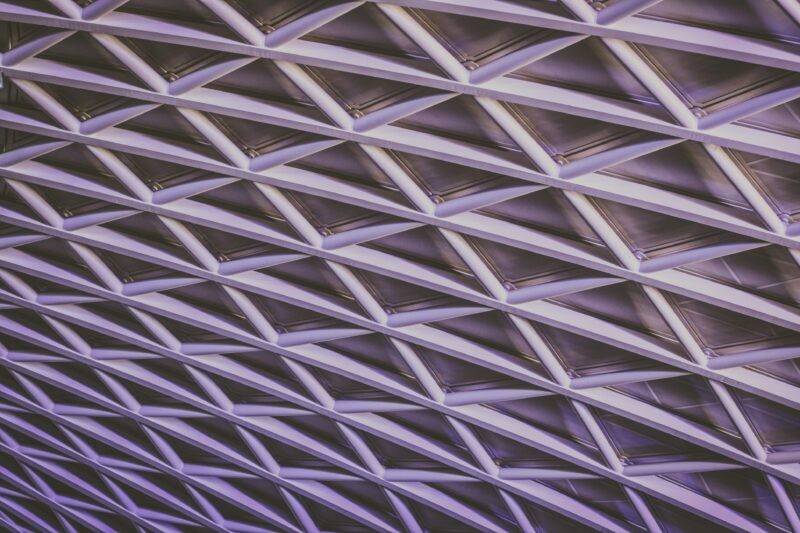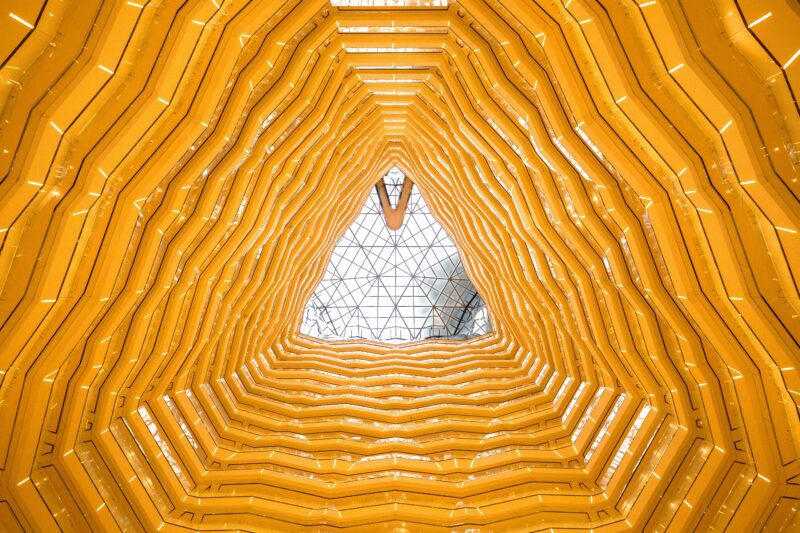
Exploring textured ceiling ideas opens up a world of creative possibilities for any home. A well-chosen ceiling texture design not only adds visual interest but also caters to specific functional needs like sound absorption and concealing imperfections. Among the popular types of ceiling textures are the comb, popcorn, and the subtle orange peel, all of which bring unique benefits and aesthetic qualities to different spaces. For an inspiring take on ceiling design, consider browsing through these kitchen ceilings that are sure to impress.

Adopting ceiling texture styles not only elevates aesthetic appeal but serves practical purposes. They significantly enhance acoustics in rooms, providing a quieter environment. Importantly, they are ideal for concealing structural imperfections, making maintenance easier.

For those inclined towards hands-on home improvement projects, many ceiling texture designs can be DIY-friendly, enabling homeowners to express creativity while managing costs. Techniques using tools like slap brushes, rollers, or spray equipment promote flexibility in application. However, for intricate and complex designs, seeking professional installation ensures precision and quality.

From the playful aesthetics of fish scale patterns to the understated elegance of modern chic ceilings utilizing metal or wood, textured ceiling ideas enrich home spaces by combining modern design principles with functional advantages. Whether enhancing a compact room or transforming larger spaces, these ideas provide a harmonious blend of beauty and utility. For those looking to add a grand architectural element, consider exploring products like the Architectural Wood Beam.
| Texture Type | Key Feature |
|---|---|
| Comb Texture | Depth and pattern with comb-like tool |
| Popcorn Texture | Sound absorption and flaw concealment |
| Orange Peel Texture | Modern look with subtle texture |
| Knockdown Texture | Rustic stucco-like finish |
| Skip Trowel Texture | DIY-friendly rustic aesthetics |

Transform your ceiling into a visual masterpiece with the DAP Texture Orange Ceiling, a perfect blend of simplicity and artistry for textured ceiling enthusiasts. This innovative water-based spray texture is designed for easy application, yielding professional-looking results that add character and dimension to any room. The adjustable nozzle allows for a range of texture patterns from fine to heavy, so you can tailor the finish to your taste. Quick to dry and simple to use, this product is an excellent choice for those aiming to enhance their living space with a touch of creativity.
Discover more about how DAP Texture Orange Ceiling can redefine the aesthetics of your home decor.

Intriguing in form and multifunctional, the Art3d 4 Piece Acoustic Reduction Textured panels offer a stylish upgrade to any ceiling, as evidenced by the striking ambiance they create in the accompanying product images. Combining elegance with practicality, these panels not only enhance the aesthetics with their dynamic texture but also serve to diminish sound reverberation, offering an acoustic sanctuary. Ideal for a modern or contemporary setting, the textures introduce an element of depth that transforms ordinary spaces into eye-catching interiors. Perfectly suitable for both residential and commercial applications, they present a harmonious blend of form and function, effortlessly elevating ceiling design concepts.
Discover the aesthetic and acoustic benefits of these panels through this thoughtfully designed textured ceiling solution.

Transform your ceiling into a statement piece with the Art3d Wood Acoustic Panels. The rich, wood-textured panels add warmth and sophistication, harmonizing with any decor style, as shown in the accompanying image where they bring a luxurious ambiance to a modern living space. Not only aesthetically pleasing, these panels boast acoustic properties that enhance sound quality, making them an ideal choice for both residential and commercial settings. By clicking on this elegant ceiling solution, you're on your way to creating an inviting and serene atmosphere.
We hope this journey through the world of textured ceilings has ignited your imagination and encouraged you to consider how these creative designs can transform your space. Whether you're drawn to the dynamic flair of a comb texture or the cozy charm of a popcorn ceiling, the possibilities are truly endless. We'd love to see the unique textures you experiment with, so why not share your projects with us? You can stay inspired and explore more design ideas by following us on Pinterest, where we pin our favorite architectural finds. For the latest updates and behind-the-scenes insights, connect with us on Instagram and X (formerly Twitter). And, of course, we'd love to welcome you into our community on Facebook, where you can join conversations and share your thoughts. Let's keep the inspiration flowing!
